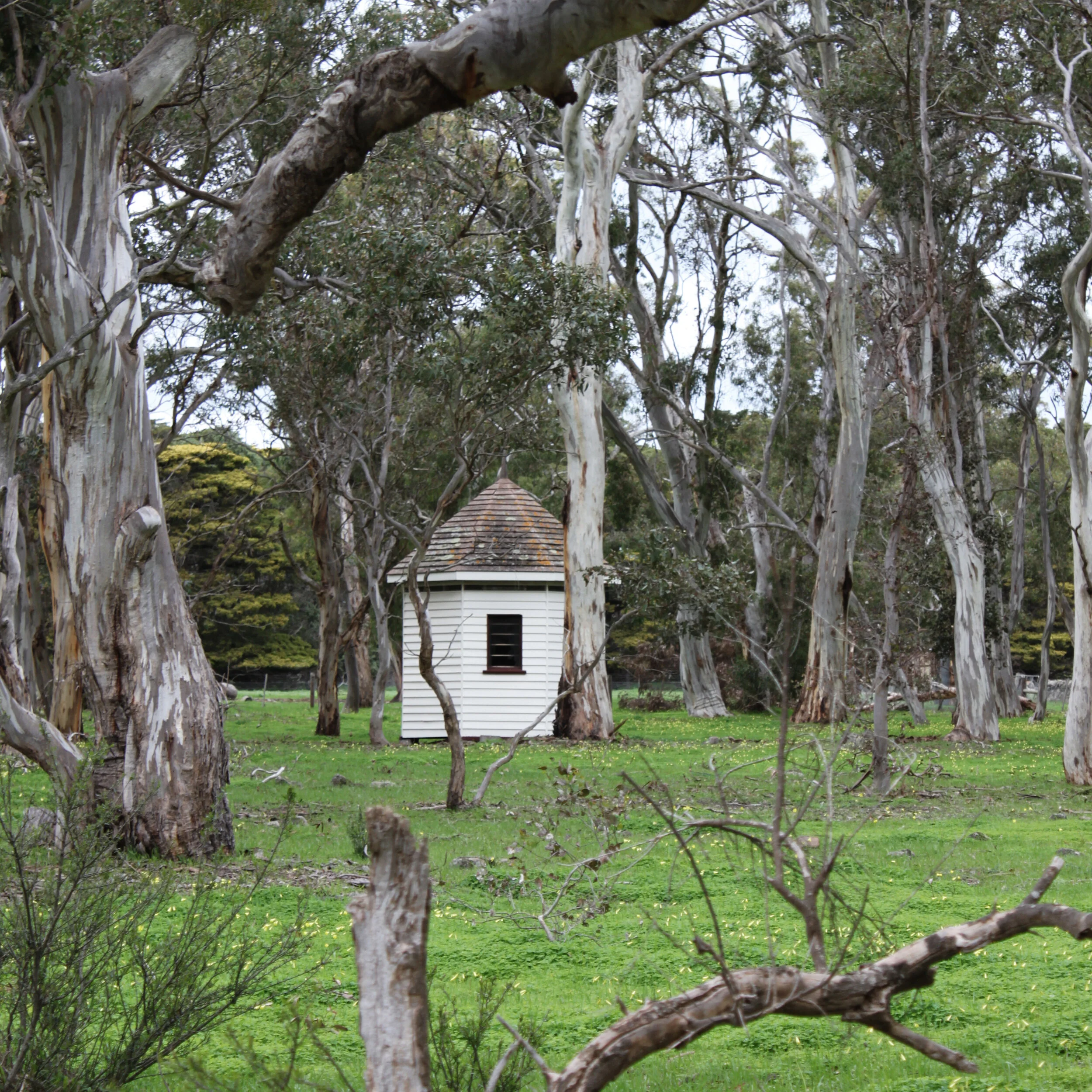History
The Shearer’s Quarters original brick bread oven
The origins of Moranghurk
Originally called Morangourke the name is believed to be derived from the Aboriginal word “Murrangurk”, the name of a traditional elder that was bestowed on the English convict William Buckley who escaped captivity and lived with the Wathaurong people for many years. Legend has it that Buckley was found by the Wathaurong people carrying a piece of broken spear that had been placed on the grave of Murrangurk. Thus Buckley was identified with Murrangurk and, as “one returned from the grave” received his name. Moranghurk is understood to have several meanings, two of which are ‘stone axe handle’ and ‘reincarnated warrior’.
Heritage Victoria listed
Sitting gracefully amid 459 hectares of grazing and bush land, the Shearer’s Quarters overlooks the Moorabool River. Dotted around the original timber homestead are buildings dating back to the 1840s. Of various designs and materials the buildings, all of which are listed with Heritage Victoria, add an element of intrigue and mystery to the property.
One of the oldest pastoral properties in Victoria
In 1847 Moranghurk comprised more than 18,000 acres and in the 1850s 26,000 acres. Moranghurk’s position as a substantial sheep station came to an end in the 1950s with the compulsory acquisition of a substantial portion of the property (11,770 of the 18,807 acres) by the Soldier Settlement Commission. The remaining property was stripped back to 2,183 acres in 1953 and this was sold to the Soldier Settlement Commission in 1954. A Soldier Settlement memorial may be visited at the front entrance gate to Moranghurk on the Midland Hwy.
The Shearer’s Table
In the 1950’s, a sale of unwanted Moranghurk items saw the original Shearer’s Quarters table sold. The table was purpose built for the Shearer’s Quarters in the early 1900’s using local timber. In 2010, an Anakie resident who had bought the table 50 years prior, kindly repatriated it back to the current owners of Moranghurk. The table has been faithfully restored and is now a permanent resident in the kitchen.




